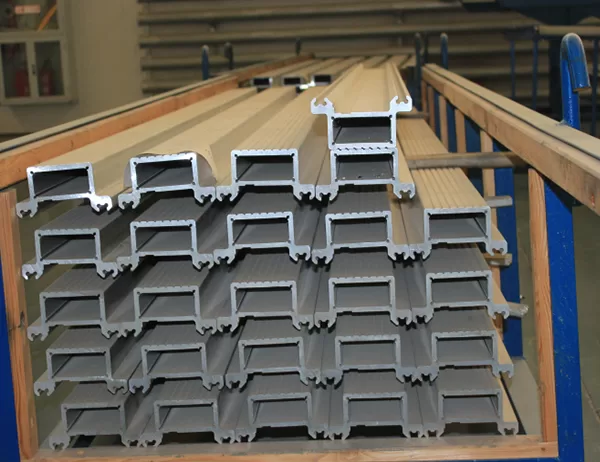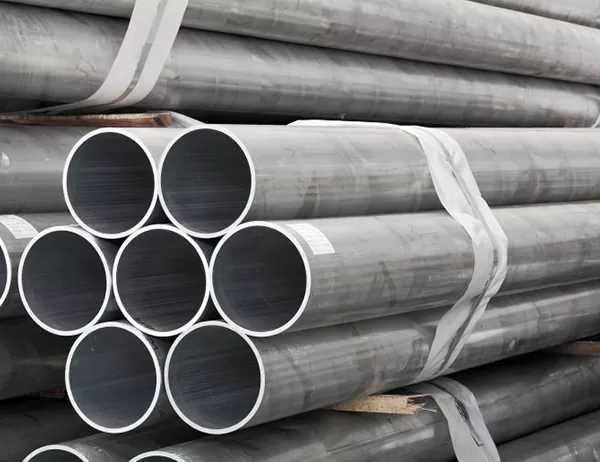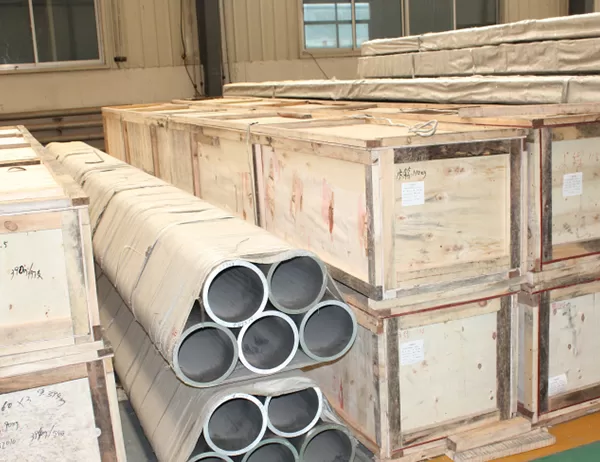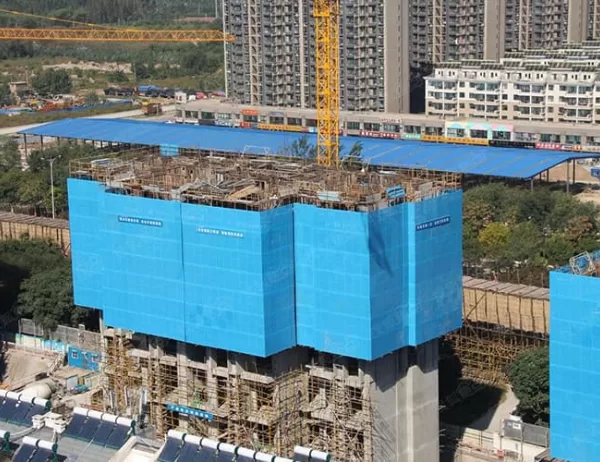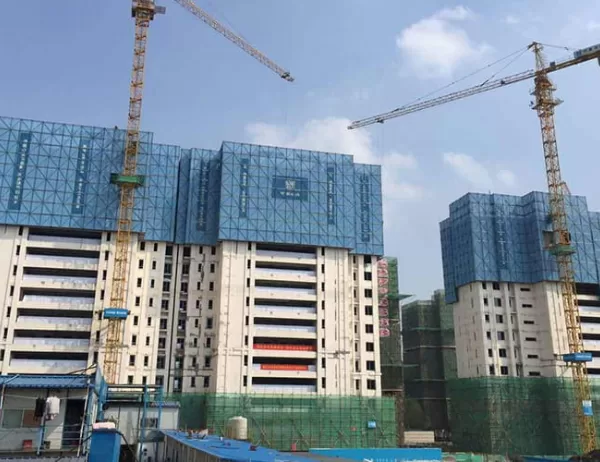As a light metal alloy, aluminum alloy is incorporated into magnesium, silicon or other metallic elements. Aluminum itself is electrically conductive, and its conductivity is ranked fourth in the metal, and the conductivity is good. Some people say that because of the addition of alloying elements in aluminum, industrial aluminum profiles are not electrically conductive. This statement is wrong. Although alloy elements are added to the aluminum alloy, most of them are aluminum and have little effect on conductivity.
Then the industrial aluminum profiles we usually use are not electrically conductive. Why? This is because the surface of the industrial aluminum profiles from aluminum profile suppliers we usually use is usually anodized. Anodizing forms a dense oxide film on the surface of the aluminum profile. Since the alumina is non-conductive, the aluminum profile wrapped by alumina also becomes an insulator.
The pore size of the oxide film is between 100 nm and 200 nm, the thickness of the oxide film is about 10 μm, the porosity is about 20%, and the pore spacing is between 300 and 500 nm. The cross-sectional view of the oxide film shows that the pores of the oxide film are substantially tubular structures, and the film-dissolving reaction of the oxide film occurs substantially at the bottom of the pores. The general sulfuric acid DC anodized film has a pore size of about 20 nm. If it is a 12-micron oxide film, it is a deep and thin tubular structure. Assuming that this is a 1m diameter well, its depth will be 600m deep.
Most of the excellent properties of the oxide film, such as corrosion resistance, wear resistance, adsorption, and insulation properties, are determined by the thickness and porosity of the porous outer layer. However, the two are closely related to the anodizing conditions, so a film layer that satisfies different use requirements is obtained by changing the anodization conditions. Film thickness is a very important performance indicator for anodized products. The value of the film directly affects the corrosion resistance, wear resistance, insulation and chemical coloring ability of the film. In a conventional anodizing process, the film layer thickens with time. After the maximum thickness is reached, it gradually becomes thinner as the treatment time increases, and some alloys such as AI-Mg and AI-Mg-Zn alloys are particularly noticeable. Therefore, the oxidation time is generally controlled within the maximum film thickness time of the crucible.
Someone has to say that aluminum alloy can form a natural oxide film even in the air. Why are aluminum profiles that are not anodized conductive? The oxide film formed naturally is very thin, and the film thickness is not uniform, which does not function as insulation. There are also chemically oxidized aluminum profiles, and the film thickness is only 3~5μ, which is also electrically conductive. If the material is required to be electrically conductive, chemical oxidation may be used to prevent corrosion.
